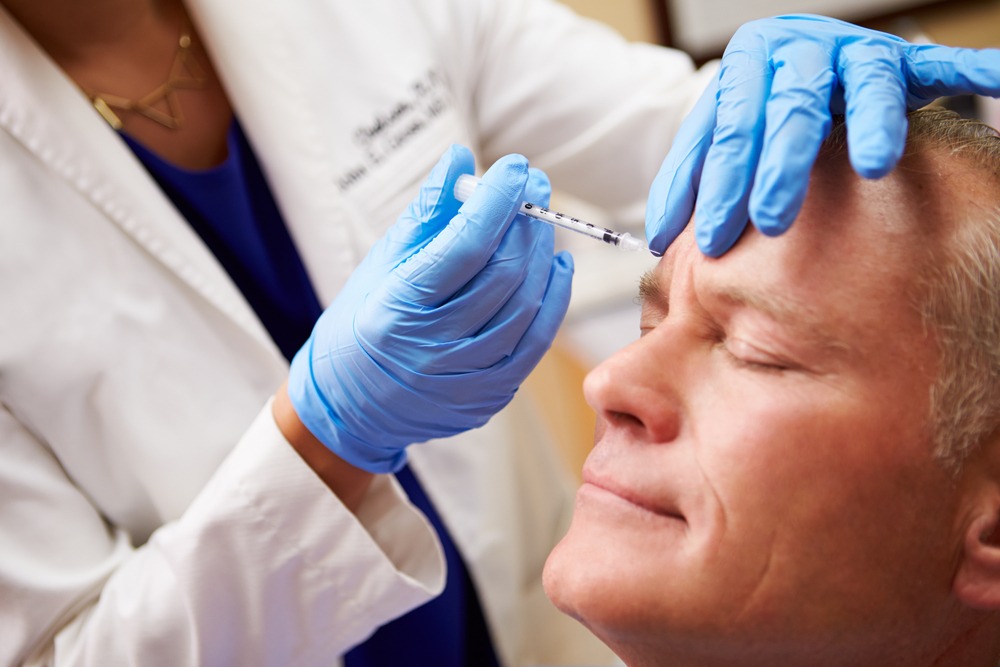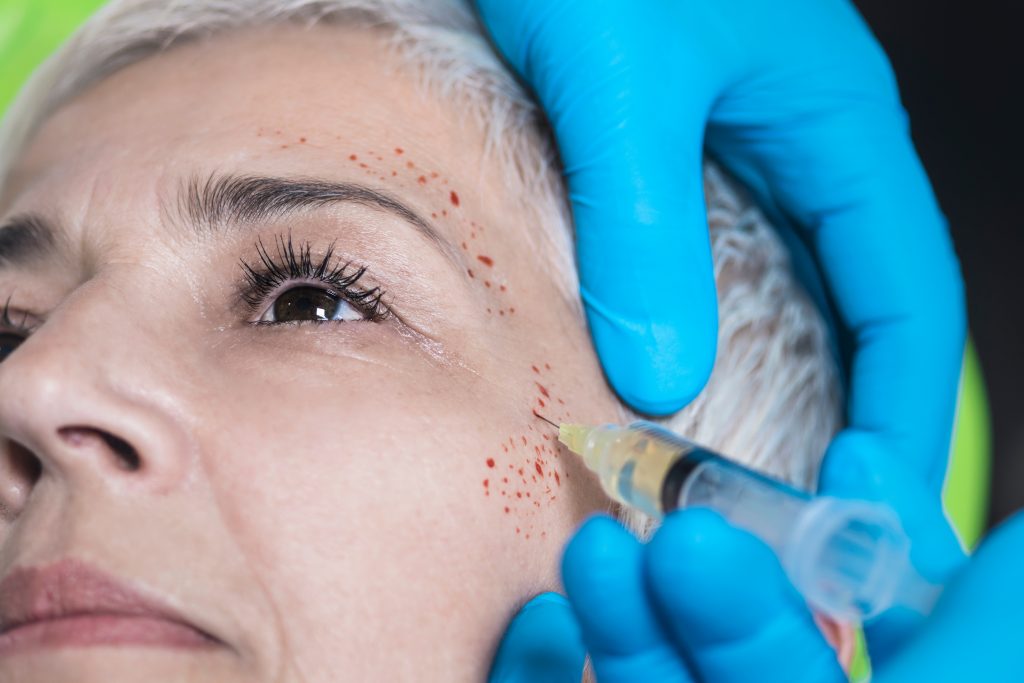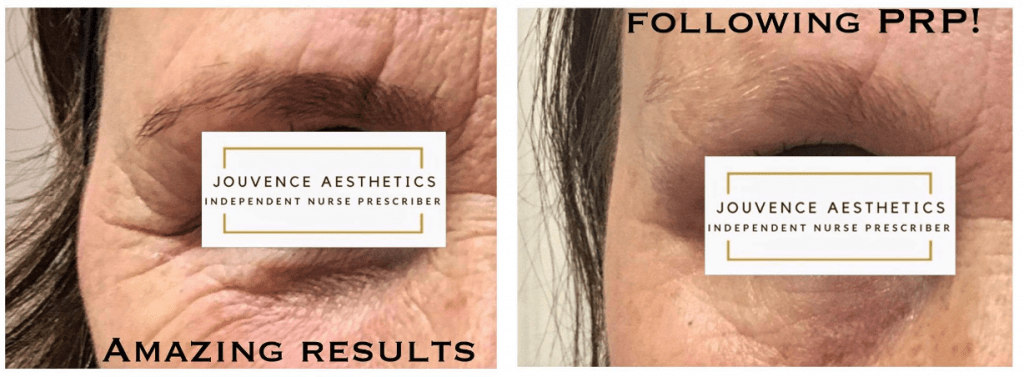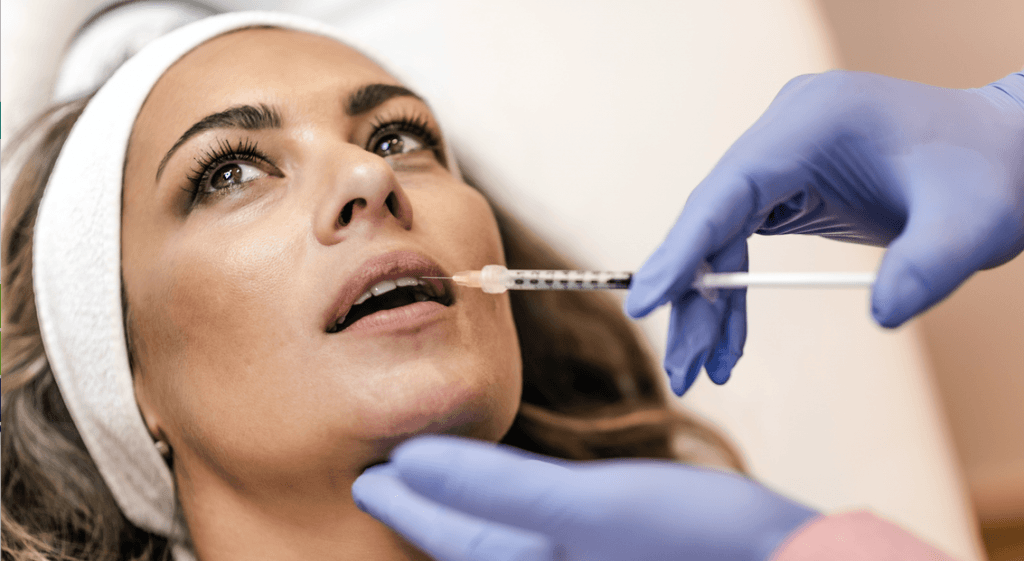Botox is the name most people use for a range of various cosmetic and medical treatments.Botox is one of the first brand names used for this prescription only treatment and is produced by Allergan.
The term Botox usually refers to the use of Botulinum Toxin type A to reduce the appearance of fine lines and wrinkles. Botulinum Toxin is a protein which acts as a neurotoxin produced by the bacterium Clostridium Botulinum.
Botulinum Toxin has been around since the 1980’s when it was first used for facial muscle spasms and crossed eyes (strabismus).
Data shows treatments are safe with a few short term side effects such as minimal bruising at the injection sites and minor headaches which are short lived. Some people worry that Botox may be dangerous, however administered in the correct manner by a skilled medical professional carries very little risk.
Botox treatments are performed by the following Doctors and Nurses at Cheshire Lasers:
Dr Teri Johnson part time GP partner Aesthetic Medicineand also the Medical Director and owner of M C Treatments.
Moira Grobicki Advanced Nurse Practitioner of Jouvence Aesthetics.
Dr Kyra Drinnan is a GP Partner with an interest in Aesthetic Medicine.
Dr Kathryn Hazlehurst a GP trained in Medical Aesthetics and owner of Dr Hazlehurst Aesthetics.
Aesthetic Nurse Katey of Nevaeh Aesthetics is a local community nurse with an interest in Aesthetic Medicine..
View more information about our specialists and the different types of Botox Treatments they perform here.
View an overview of our specialists different prices for Botox here.
Areas that Botox is used to treat include:
- Frown Reduction
- Brow Lift
- Forehead Line Reduction
- Crows Feet Smoothing
- Bunny Line Reduction
- Correction of Asymmetrical Eye Brows and of Facial Features.
- Smokers Line Reduction
- Nasal Tip Elevation
- Chin Crease Reduction
- Reduction of Cobblestone Effect of Chin
- Reduction of Excessive Sweating from Armpits and Hands
- Hyperhydrosis
- Masseters for Bruxism and Jaw Slimming
- Platysmal Bands / Neck Lines
Botox treatments are not recommended for those who are:
- Pregnant, trying to conceive or breastfeeding
- Suffering from a neuromuscular disorder
- Prone to severe allergic reactions (even though allergies to botox are rare)
If you are taking herbal or medical treatments you must discuss this with your doctor/nurse before any treatment.
What you can and cannot do after Botox treatments?
- Do gently exercise the treatment areas by frowning, smiling and lifting the eyebrows to optimise your results
- Do not perform strenuous physical activity for three days
- Do not rub or massage the treated areas as this may increase the risk of complications by spreading the product
- Do not drink alcohol, or take aspirin and ibuprofen for 24 hours as they can increase the risk of bruising and swelling
What are the risks and side effects of Botox?
- Small area of redness at treatment site lasting 2-3 hours (common)
- Bruising/swelling of the treatment area (less common)
- Dull heavy sensation +/- occasional headache (less common)
- Ptosis (droop) of eyebrow or eyelid (rare)
View Dr Teri’s website with more details about Botox treatments and aftercare here.
You can view more about how Botox works and its use in medical procedures here.
New research shows Botulinum Toxin treatments to the upper third of the face delay ageing. Find out more.





